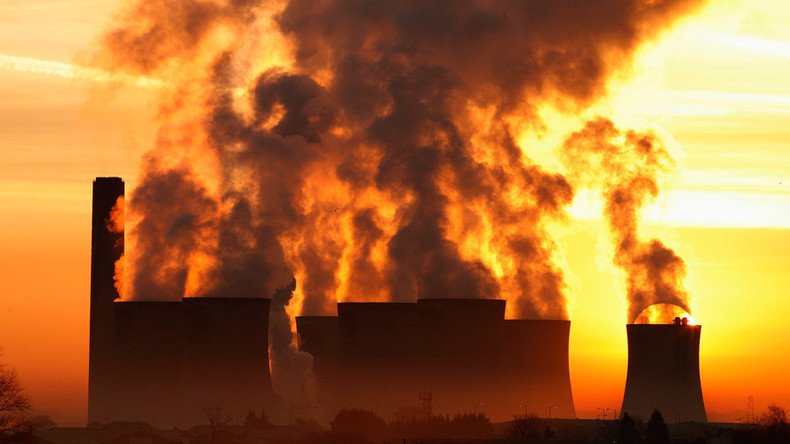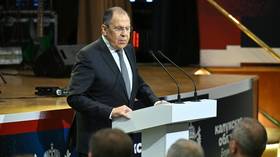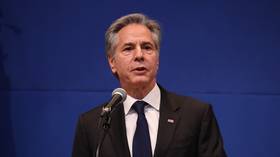Scientists may hold key to cutting coal carbon emissions in half, while producing twice the power

Slashing greenhouse gas emissions has not always been a pleasant task for the coal power industry, but a new process could radically change that, according to models created by Massachusetts Institute of Technology (MIT) researchers.
The method proposed by MIT Professor Ronald C. Crane and doctoral student Katherine Ong could double the amount of electricity produced for each unit of coal, meaning the amount of emissions produced per unit of power would be cut in half, according to the abstract of their paper published in the Journal of Power Sciences on Monday.
While the concept could represent a huge leap forward in terms of coal’s environmental friendliness, it’s actually just a combination of two concepts that have been well-known for over a hundred years: fuel cells and coal gasification.
Gasification is a technique that extracts energy from pulverized coal by heating it with a stream of hot steam, which releases gas without burning the substance. This gas is then piped into a fuel cell where a membrane promotes an electrochemical reaction that generates electricity. Since no burning is involved in producing the power, fewer pollutants, such as ash and carbon dioxide, are produced.
These two systems require temperatures of over 1,472 degrees Fahrenheit (800 degrees Celsius). Combining them into a single process would create great efficiency, as the two components would be able to exchange heat with minimal energy losses, Ong explained, according to a Monday press release from MIT’s news office.
“This system requires no new technologies” Ong said. “It’s just a matter of coupling these existing technologies together well.”
Though the system would require a larger initial investment than that for conventional coal-burning plants, increased efficiency could make up the difference in a matter of years, especially if taxes on carbon emissions are factored in.
Existing plants only convert about 30 percent of the coal burned into energy, but with this new technique far better rates could be attained, with Ong’s simulations predicting efficiencies of 55 to 60 percent.
Though many countries impose heavy taxes and regulation on coal power for environmental reasons, the International Energy Agency says that coal accounts for 30 percent of the world’s energy production due to it being cheap and abundant.
“If we’re going to cut down on carbon dioxide emissions in the near term, the only way to realistically do that is to increase the efficiency of our fossil fuel plants,” Ong said.














